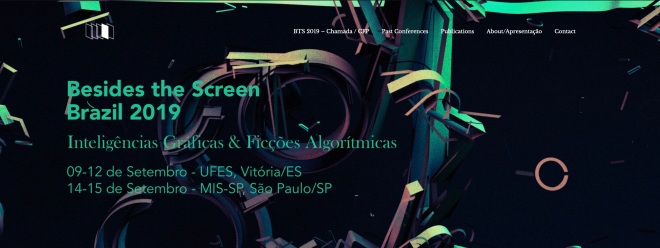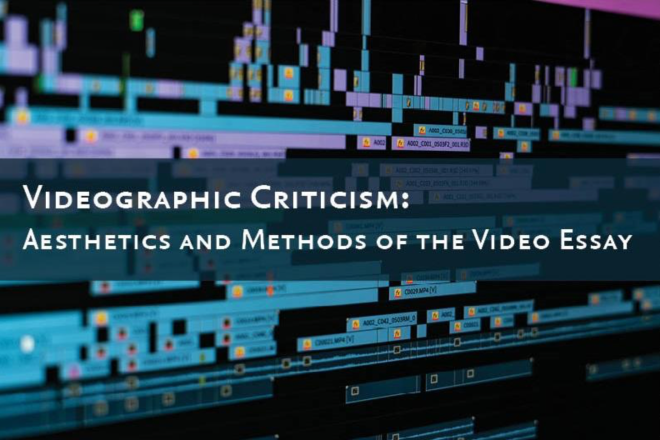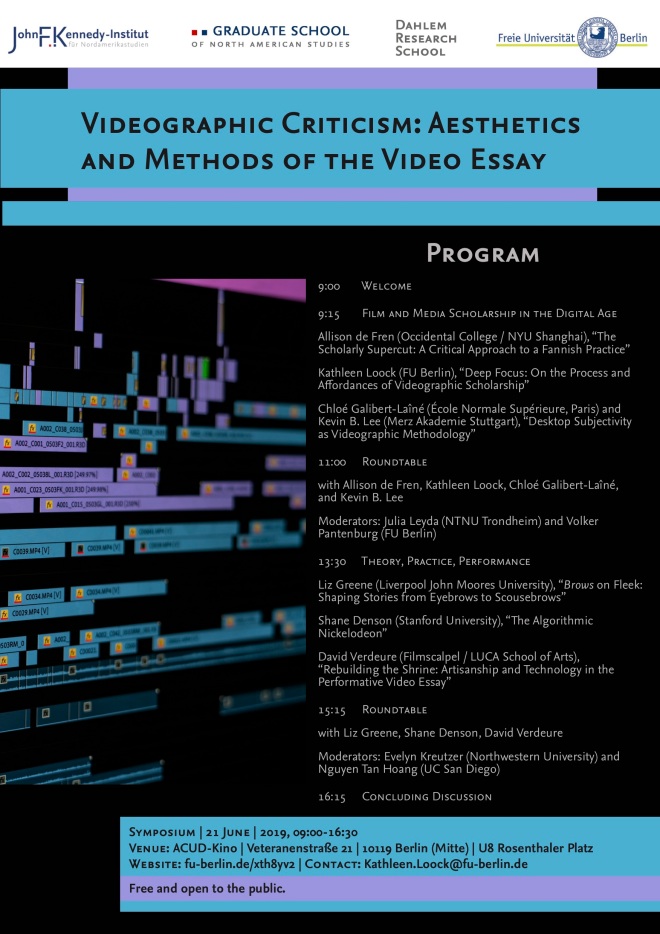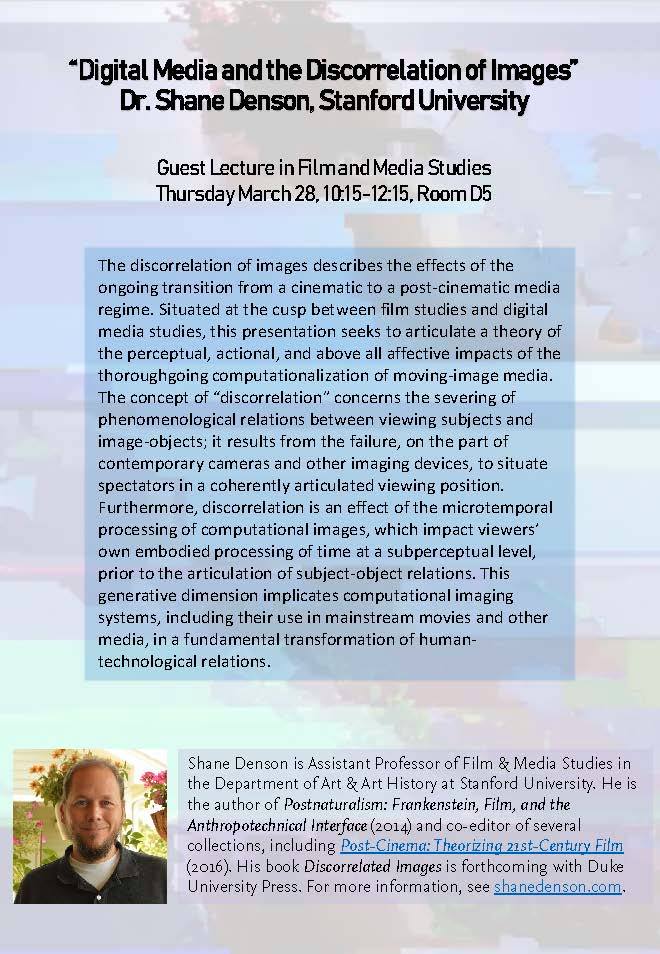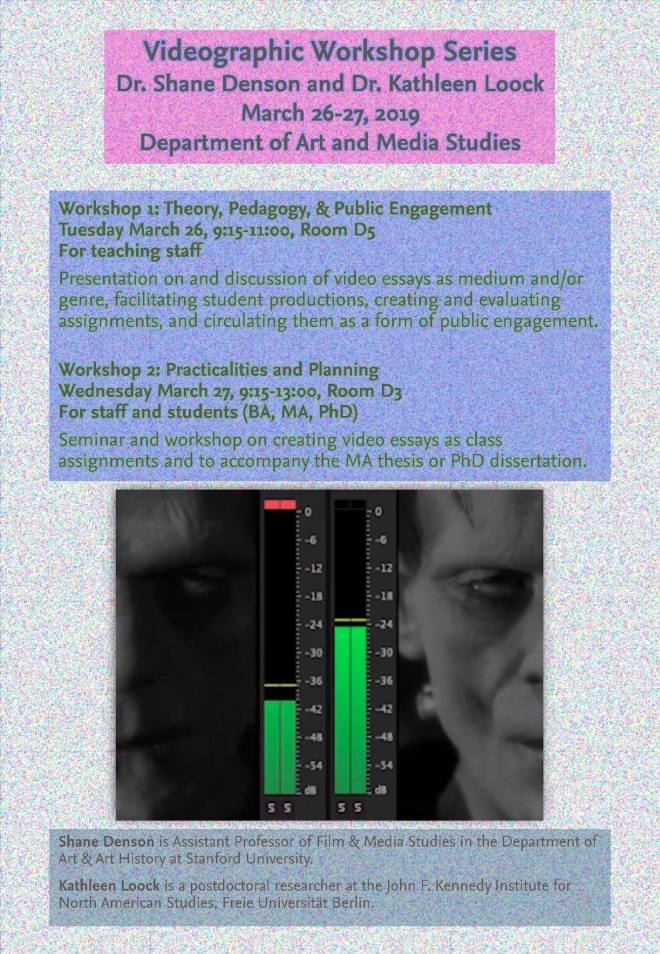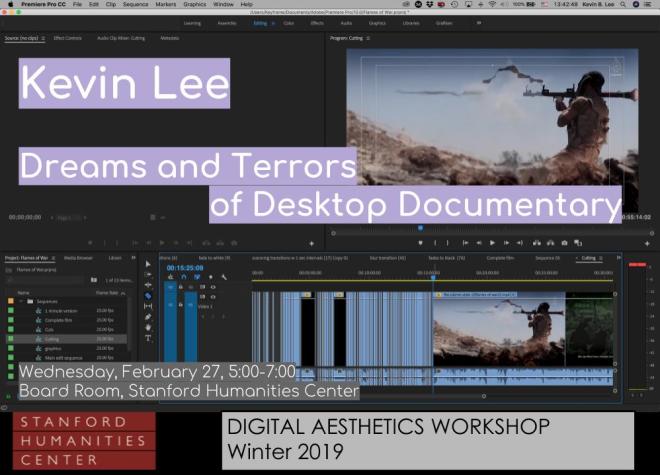CFP Post-Cinema: Practices … by medieninitiative on Scribd
I am happy to share the CFP for a special issue of Images Secondes on the topic of “Post-Cinema: Practices of Research and Creation,” edited by Chloé Galibert-Lainé and Gala Hernández López.
The special issue, for which I am serving on the comité scientifique (which sounds a lot cooler than “review board”), will collect traditional scholarly articles as well as contributions in other media (such as videographic criticism and experimental digital forms). Proposals are due April 20, 2020, with final submissions due September 30.
Please spread the word to anyone who might be interested in contributing to what is sure to be an exciting publication!

